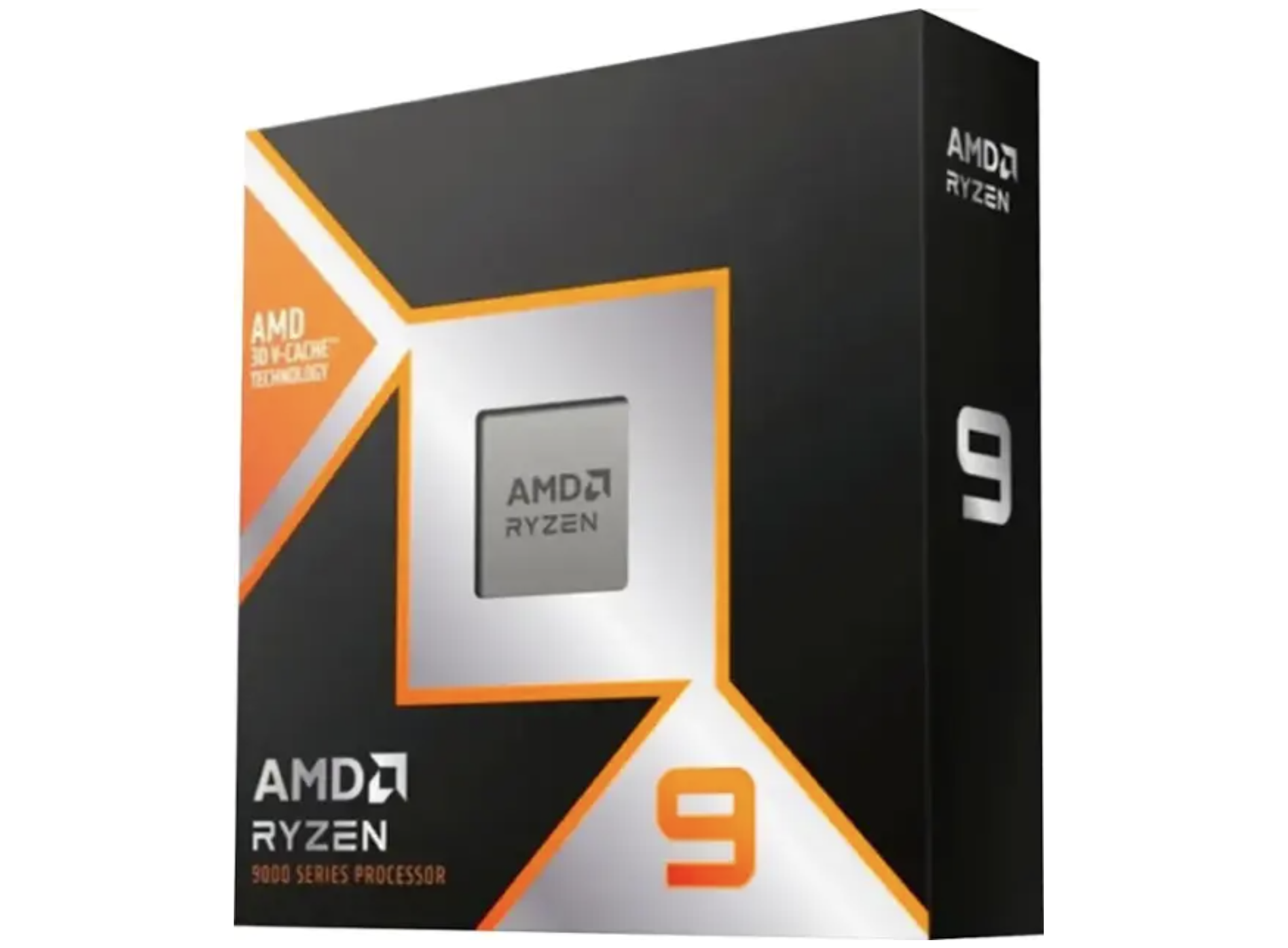Gartner: PC sales still slipping as industry consolidates, but some companies are winning
3 min. read
Published on
Read our disclosure page to find out how can you help MSPoweruser sustain the editorial team Read more

Gartner has published their estimates for PC sales in Q3 2017, and in general, it does not read as great news for the industry, with sales down 3.6% YoY, making the 12th consecutive quarter of downward movement.
The data includes desk-based PCs, notebook PCs and ultramobile premiums (such as Microsoft Surface), but not Chromebooks or iPads.
In an industry which used to sell closer to 100 million PCs a quarter, selling 67 million PCs is a dramatic decrease, but interestingly the decline appears to be largely on the part of white label PC companies, with the Other segment down the most, by 11.4% YoY.
Interestingly, for example, HP and Lenovo are selling more PCs now than 5 years ago (as seen in the numbers above), while less than half as many PCs are being sold by the Other segment.
The top six vendors were HP, Lenovo, Dell, Asus, Apple, and Acer, with HP, with growing sales, taking the lead from Lenovo, who appears to be on a downward trajectory.
Gartner said HP Inc. experienced growth in all key regions, except the U.S. market. The company experienced double-digit growth in Latin America, while in Asia/Pacific HP Inc. secured positive growth for the fifth consecutive quarter. Lenovo experienced its steepest year-over-year decline of PC shipments in the U.S. since it acquired the IBM PC business division in 2005. Lenovo continues to face the dilemma of market share gains versus profitability. It appears the company is putting more emphasis on profitability than share gain. Dell’s worldwide PC shipments were slightly down compared with a year ago, as it registered its first year-over-year shipment decline since the first quarter of 2016.
Gartner blames the sales decline this quarter on component shortages, with Gartner principal analyst Mikako Kitagawa said in a statement saying:
“Weak back-to-school sales were further evidence that traditional consumer PC demand drivers for PCs are no longer effective,” Ms. Kitagawa said. “Business PC demand is stable in the U.S., but demand could slow down among SMBs due to PC price increases due to component shortages.”
“Business PC demand, led by Windows 10 upgrades, continued to drive PC shipments across all regions, but its refresh schedule varies by region. The countries with stable economies, such as the U.S., have created a positive sentiment among businesses, especially for small and midsized businesses (SMBs), which are more vulnerable to external events, such as economic or political. The component price hike impacted the consumer PC market as most vendors generally pass the price hike on to consumers, rather than absorbing the cost themselves,” Ms. Kitagawa said. “We expect the DRAM shortage to continue to the end of 2018, but it will not be reflected in the final PC prices immediately.”
PC shipments in EMEA totalled 19 million units in the third quarter of 2017, a 1.1 percent decline year over year. The contraction in the Western European PC market appears to have slowed down, with the potential for stability in the fourth quarter of 2017. Eastern Europe is experiencing flat to small unit declines as demand is not improving, and there is no obvious impact yet from the Windows 10 migration in the business segment.
In Asia/Pacific, PC shipments reached 24 million units in the third quarter of 2017, down 2.1 percent from the same period last year. While consumer demand remained lackluster, PC demand in the business segment remained steady, especially for notebooks. In China, the PC market is estimated to have declined by 5 percent in the third quarter of 2017, with more stability in the business market, particularly in large enterprises, than in the consumer space.
Via Venturebeat










User forum
0 messages